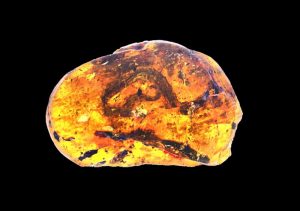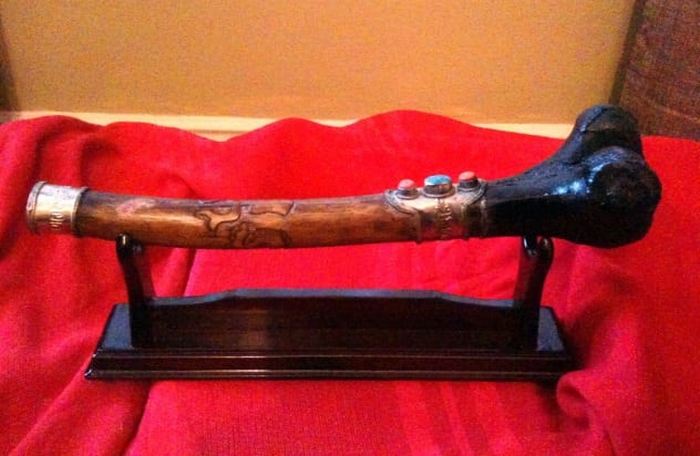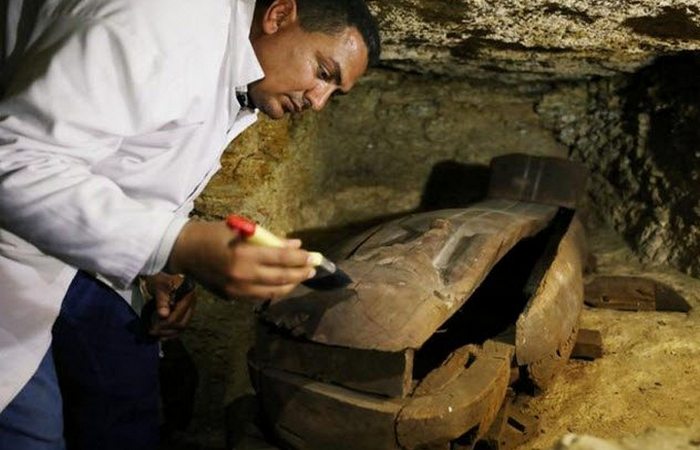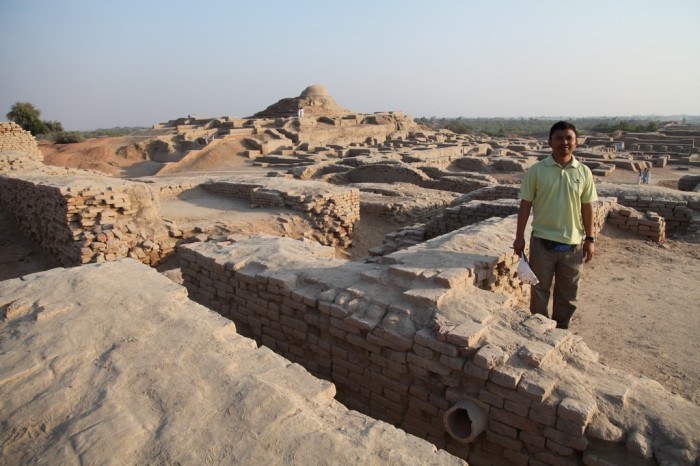In amber found ancient serpent
 Scientists have discovered the remains of a baby snake about 100 million years old (mid-Cretaceous). They are preserved in a piece of amber found in Myanmar. This is the oldest known scientist baby snake and the only found species that lived in the forest area during this period of Earth’s history. The results of the analyzes are presented in the journal Science Advances.
Scientists have discovered the remains of a baby snake about 100 million years old (mid-Cretaceous). They are preserved in a piece of amber found in Myanmar. This is the oldest known scientist baby snake and the only found species that lived in the forest area during this period of Earth’s history. The results of the analyzes are presented in the journal Science Advances.
The oldest fossil snakes belong to the Late Jurassic and Early Cretaceous periods (67? 140 million years ago).By that time, the remains are still not completely devoid of limbs, but already acquiring other anatomical features characteristic of snakes, for example, the structure of the skull. According to one hypothesis, the snakes decided to abandon their legs during the transition to life in burrows, where it is inconvenient to move around with the help of limbs that are characteristic of reptiles.
In amber found “proto-spiders” with long tails
The new snake, which received the species name Xiaophis myanmarensis, managed to grow to just five centimeters. The authors compared the bone anatomy of a new species with well-known representatives of the suborder of snakes in order to determine the evolutionary connections of reptiles. They conclude that this species appears to be descended from sea snakes. Due to this fact, it can be concluded that snakes “moved” from coastal areas to forests much earlier than paleontologists had previously thought. It also turned out that the development of the spinal bones in these reptiles almost did not change over millions of years.
The find will help to study and maturing snakes. The spine and the spinal cord of the young were at one of the last stages of the development of the young snake, which allows scientists to compare how this process occurs in modern snakes and their ancient relatives. The authors note that all previous snake finds from the middle of the Cretaceous period were made on the coasts of ancient reservoirs. The new discovery indicates that by this time, snakes were already occupying much more niches in ancient ecosystems.



